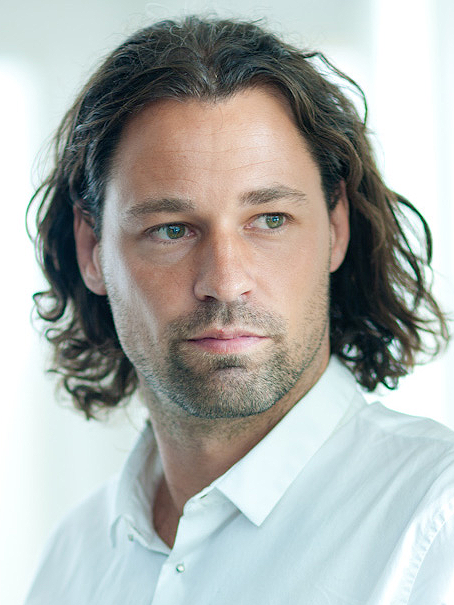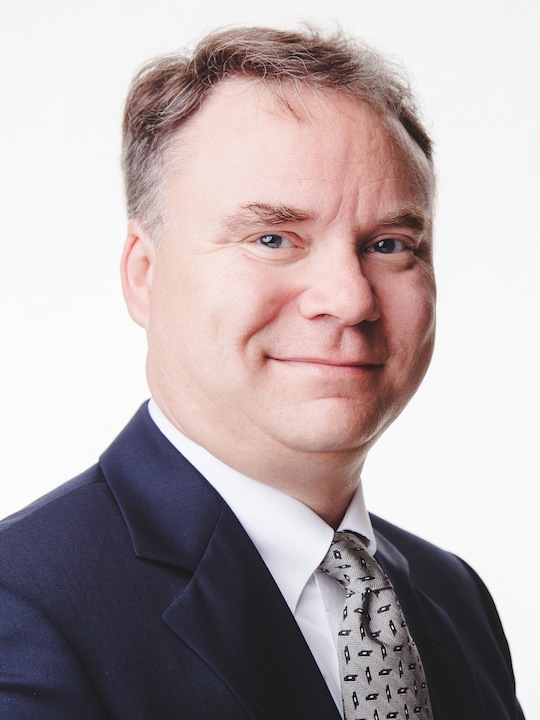
[Symposium 2017 – #5] Media Production Makes its Transformation to IP

Sponsored Article – Author: Pierre Guyot, Editor, Usbek & Rica
The symposium “New Generation of Networking Innovation and Research” Cisco – École Polytechnique 2017
Revolutionary, disruptive, incremental: innovation has a thousand and one ways of intervening. Problem: there is no ready-made formula. So there remains for one to study the conditions of its emergence and to observe, for example, that it is often born from the existence of sufficiently inexpensive resources prevalent in abundance. An example? The distribution of video content in OTT (Over-The-Top), by going around the traditional operators, in particular cable and satellite. Netflix, Hulu, and others have arrived by using an available bandwidth in unicast available at less cost. And, with IPv6 having the potential for general artificial intelligence on networks, the production, distribution and consummation of tomorrow’s media are perhaps as unimaginable today as OTT was less than fifteen years ago.
We owe the sense of this introduction to Guillaume de Saint-Marc, senior director of Cisco and co-founder of PIRL: while the media production applications are relying less and less on historical physical machines of the media and TV industry for and avec which the creation of tomorrow’s content is now being invented, it is already necessary to think of the after-tomorrow.
“End-to-end” IP production: an identified opportunity
It has already been two years since Mark Hilton, VP of Networking Solutions for the video supplier Grass Valley, had presented a slide to his partners “ ‘Why go to IP technologies?,’ that is: what is the problem with my SDI?” As the televisual and video production chain, from camera output and OB vans, demonstrates its capacity to be virtualized in order to be integrated into IP networks, the fears begin to fade: the new “IP studio”, and even the “all-IP studio,” have the way clear. Since 2015, Grass Valley has been making demonstrations of an IP “from screen-to-screen” (“glass-to-glass”): from the camera screen (live production) and via a broadcast station assimilated to a data center (processing, switching, monitoring in IP, centered on a distributed architecture) up until the broadcast screen (the “playout”). A Glass to Glass Internet Ecosystem (GGIE) task force has in fact been created within the W3C, the Web standardization organization, since 2015. As Glenn Deen, technological director of NBC Universal, has emphasized, when at the end of 2014 it was thought that there was an insurmountable “scaling wall” for the creation and distribution of digital content, network video streaming on a grand scale is considered today as something feasible. IPv6 and the information-centric network remain to be made use of for the content industry.
Virtualization, an idea soon to be realized
Media production professionals are heading for virtualization. However, the all-virtual is faltering over the playout, which still requires a video processing unit or a GPU, but for Canal+, for example, this mutation is taking place “as rapidly as our IT suppliers go forward.”
At the IT solutions provider, ChyronHego, which has matured to become a supplier of workflow for live end-to-end productions, the broadcast industry is still considered to be very traditional, and that virtualization is impacting and modifying the way of working for a whole domain: it is fundamentally nothing less than the greatest technological changeover in its history. The road is long (around ten years perhaps), but the transition is happening: the virtual and generic infrastructures are replacing hardware with, up to now, custom-made solutions. Software integration is substituted for physical interconnection logic and the creators of content put specialists in these new technologies at the helm of the production chain.
The virtualized newsroom, more economic, less bulky, and more flexible, is “an idea that is being realized.” ChyronHego continues to innovate by surrounding itself with technological partners: with Cisco, the company has, in particular, proposed a proof of concept during the last IBC, the major European exhibition for TV broadcasting, through a mixer which, at the heart of a virtualized environment, allows supplementary virtual layers to turn without needing additional infrastructure.
“The broadcast industry is at a decisive turning point; the technology is going to completely change dramatically.” – Video interview with Sören Kjellin, Chief Technology Officer de ChyronHego
Produce everything, everywhere
In this niche market that wishes to attract successful IT, as well as taking advantage of the computer and computational possibilities of the new infrastructures, the main advantage of going to IP resides in obtaining a flexible architecture, even “scalable,” that allows companies that adopt it to demonstrate its flexibility and to rapidly turn to new business opportunities. With IP, for example, the format used is not important: one can easily direct at random its production flow to 4K.
If the opportunity seems quite understood today, the technical challenges to attain the required level of performance for the broadcast industry remain, but are progressively being addressed. Mark Hilton remarks, in particular, that the adoption of the data center model has been slowed by several factors, including high demands in bandwidth and the demanding latency required by applications functioning in real time. In its capacity to furnish a flexible IP insfrastructure, “Cisco is a leading partner for us to succeed in reaching the level of performance required by the industry,” remarks, in particular, Mark Hilton, bringing up the Leaf-Spine architecture of the new “edge data centers” that come after a more hierarchical stratified structure, and which offer linear scalability (the bandwidth is increased and new network routes are created by adding commutators) as well as native integration of all types of network overlay. Cisco is looking to open new breaches, as Peter Bosch and André Surcouf, two engineers of the group, have mentioned: it is especially a question of building an architecture than can be orchestrated, distributed, and thought out for stored applications and those managed via containers, as shown by their work prepared for the annual show of the American National Association of Broadcasters (NAB).
In France, the group Canal+ is progressively setting up a media production center relying on an IP network. In its studios in Boulogne, affirming itself as the standard bearer of its parent company Vivendi in the European content industry, Canal+ is following three objectives: 1) find a reliable solution, 2) equip themselves in anticipation of future developments (SDI is perhaps the least expensive solution for only one center of HD production, but not for all the sites of the group, and surely not when one must evolve to 4K and UHD), 3) avoid the accumulation of “control rooms” and be able to produce “everything, everywhere,” including remotely from a sole center. Result: if the passage to all-IP still depends on the quality of the commutation and the changeover of the audio network (mixing), today the operations in HD represent, with IP, three terabits per second every minute of every day. And as Cédric Guiard, suggests, director general of Eisko, a company producing digital copies in 3D for the entertainment industry: tomorrow the creation of digital content will know other radical developments and will push to the front new challenges for architecture. Are 3D content and special effects in CGI to be the basic content to be produced tomorrow?
Download the presentations of the speakers in this session
Relive the symposium now by looking at our playlist.
Find all the articles of the symposium on our blog:
- The Future of Infrastructures: Exceeding the Limits
- The Opinion of Mark Townsley, Cisco Engineer and Co-founder of the Paris Innovation and Research Lab
- Information-Centric Networking: the Infrastructure of Tomorrow?
- Artificial Intelligence: its Impact on Networking
- IPv6-centric Networking, a Crucial Rollout for Tomorrow
Tags:










